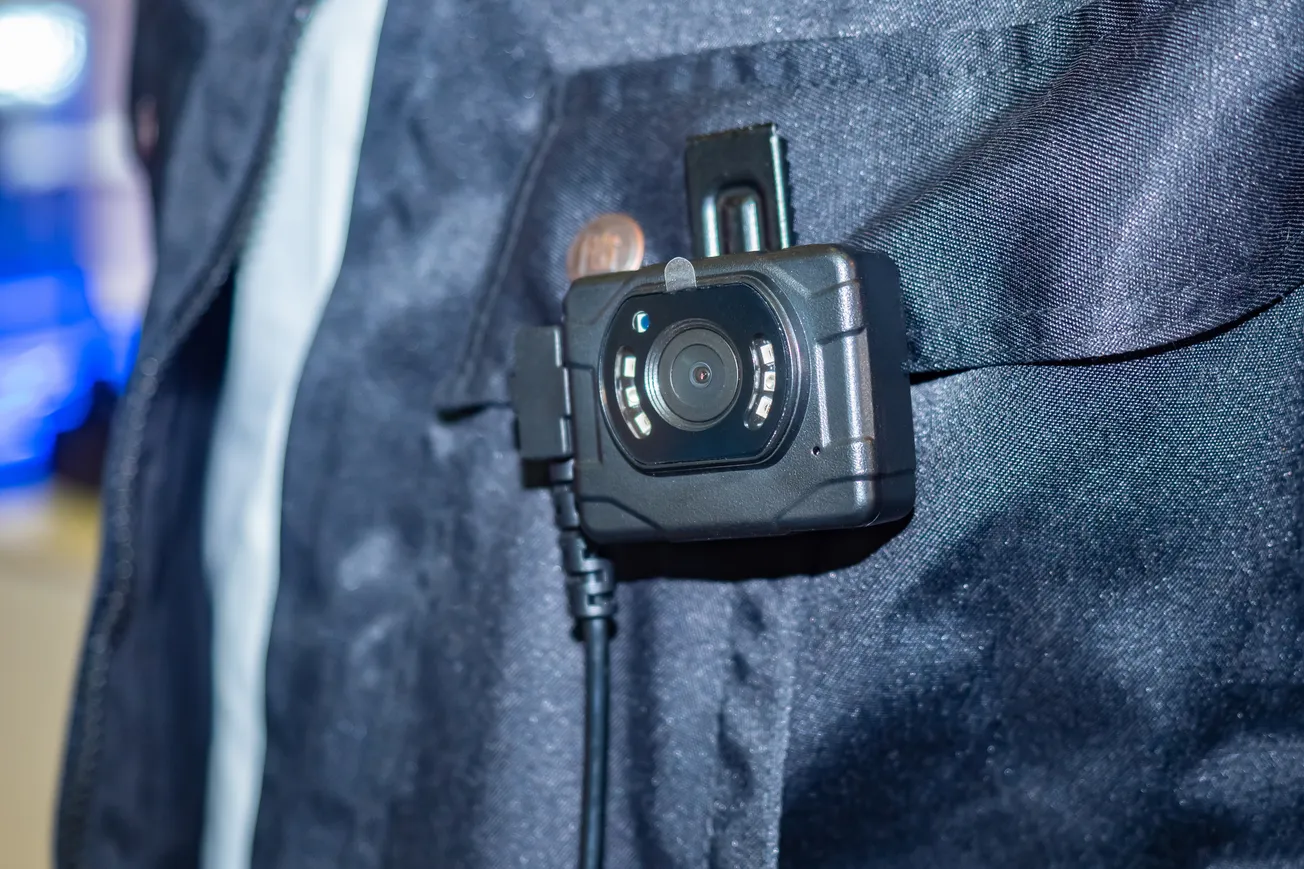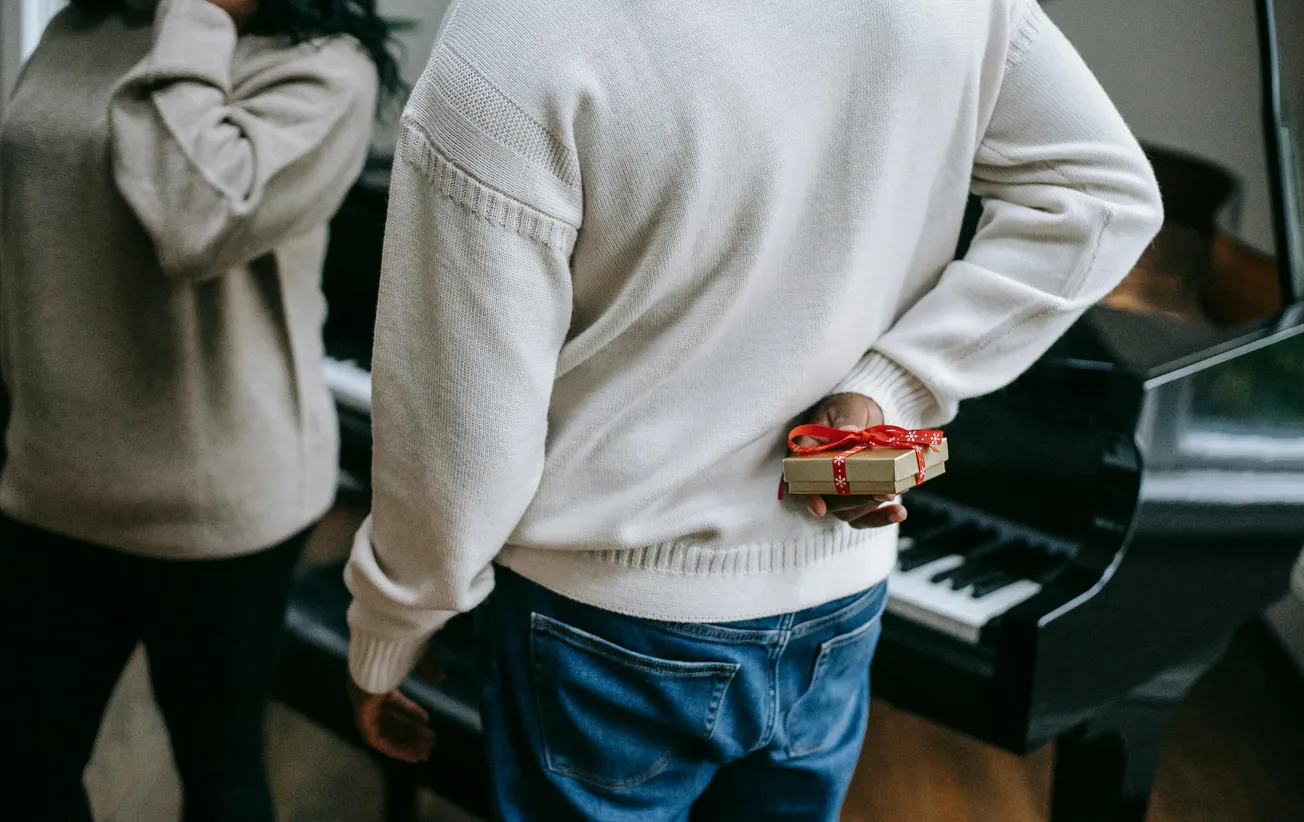In response to escalating retail crime and concerns over employee safety, Walmart has initiated a pilot program equipping certain store associates with body-worn cameras. This move aligns with a broader industry trend where retailers adopt advanced surveillance technologies to deter theft and manage in-store conflicts.
Walmart's recent pilot involves associates in the Dallas-Fort Worth area wearing body cameras during their shifts. The primary objective, as stated by the company, is to enhance worker safety rather than focusing solely on loss prevention. Employees are advised to activate the cameras during escalating interactions with customers, aiming to de-escalate potential conflicts and document incidents accurately. The company has not disclosed the duration of the pilot or plans for a broader implementation, indicating that the results of this trial will inform future decisions.
Adoption of Body Cameras in Retail
The retail sector has increasingly turned to body cameras as a strategy to combat rising incidents of theft and violence. Retailers such as TJX Companies, the parent company of TJ Maxx, Marshalls, and HomeGoods, began outfitting their loss prevention associates with body cameras in 2024. This initiative aimed to deter theft and protect employees from aggressive behavior. Similarly, British bakery chain Greggs equipped staff with body cameras following a surge in thefts, indicating a growing recognition of body cams as a tool for enhancing retail security.
Industry Perspectives
The National Retail Federation's 2023 security survey indicated that over a third of retailers were exploring the use of body-worn cameras, with 11% already testing the technology. David Johnston, vice president of asset protection and retail operations for the federation, noted that the presence of body-worn cameras, especially those with reverse-view monitors, can serve as a significant deterrent by making individuals aware of being recorded.
Conversely, worker advocacy groups express skepticism about the efficacy of body cameras in reducing workplace violence. United for Respect, for instance, argues that existing surveillance measures have not significantly decreased violent interactions and advocates for enhanced training and better staffing as more effective solutions.
Historical Context of Body-Worn Cameras
Body-worn cameras have been predominantly associated with law enforcement agencies. Their adoption aimed to enhance transparency, accountability, and trust between police officers and the communities they serve. Studies on their effectiveness have yielded mixed results; some indicate a reduction in the use of force and complaints against officers, while others show minimal impact. Beyond policing, BWCs have found applications in firefighting, military operations, and journalism, serving various purposes from training to real-time situational assessment.
Purposes and Intentions Behind the Use of Body Cameras in Retail
Deterrence of Theft and Aggression: The visible presence of a body camera can discourage potential shoplifters and deter aggressive behavior towards staff. Knowing that interactions are being recorded may lead individuals to reconsider engaging in unlawful or hostile actions.
Evidence Collection: In incidents of theft, violence, or disputes, body cameras provide clear, real-time footage that can be invaluable for investigations and legal proceedings. This evidence aids law enforcement and can expedite the resolution of incidents.
Employee Training and Accountability: Footage from body cameras can be utilized for training purposes, helping employees learn how to handle difficult situations more effectively. Additionally, it promotes accountability among staff, ensuring that company protocols are followed during customer interactions.
Enhancing Customer and Employee Safety: By potentially reducing the likelihood of confrontations and providing a sense of security, body cameras contribute to a safer shopping environment for both customers and employees.
While the implementation of body-worn cameras in retail settings offers several benefits, it also raises certain concerns.
Privacy Implications: Recording interactions within the store can lead to privacy concerns among customers and employees. There is apprehension about being recorded without explicit consent, and the potential misuse of footage. Retailers must navigate these concerns by establishing clear policies on when and how recordings occur, ensuring transparency and compliance with privacy laws.
Employee Stress and Morale: The requirement to wear body cameras may induce stress among employees, who might feel constantly monitored. This could impact their morale and job satisfaction, potentially leading to a decrease in performance or an increase in staff turnover.
Data Security and Management: The storage and handling of recorded footage necessitate robust data security measures. Retailers must ensure that data is securely stored, access is restricted to authorized personnel, and that there are clear guidelines for data retention and deletion to prevent breaches and misuse.
Effectiveness and Cost-Benefit Analysis: The actual effectiveness of body cameras in reducing theft and enhancing safety is still under evaluation. Retailers must consider whether the benefits justify the costs involved in implementing and maintaining the technology, including equipment expenses, data storage, and training.






